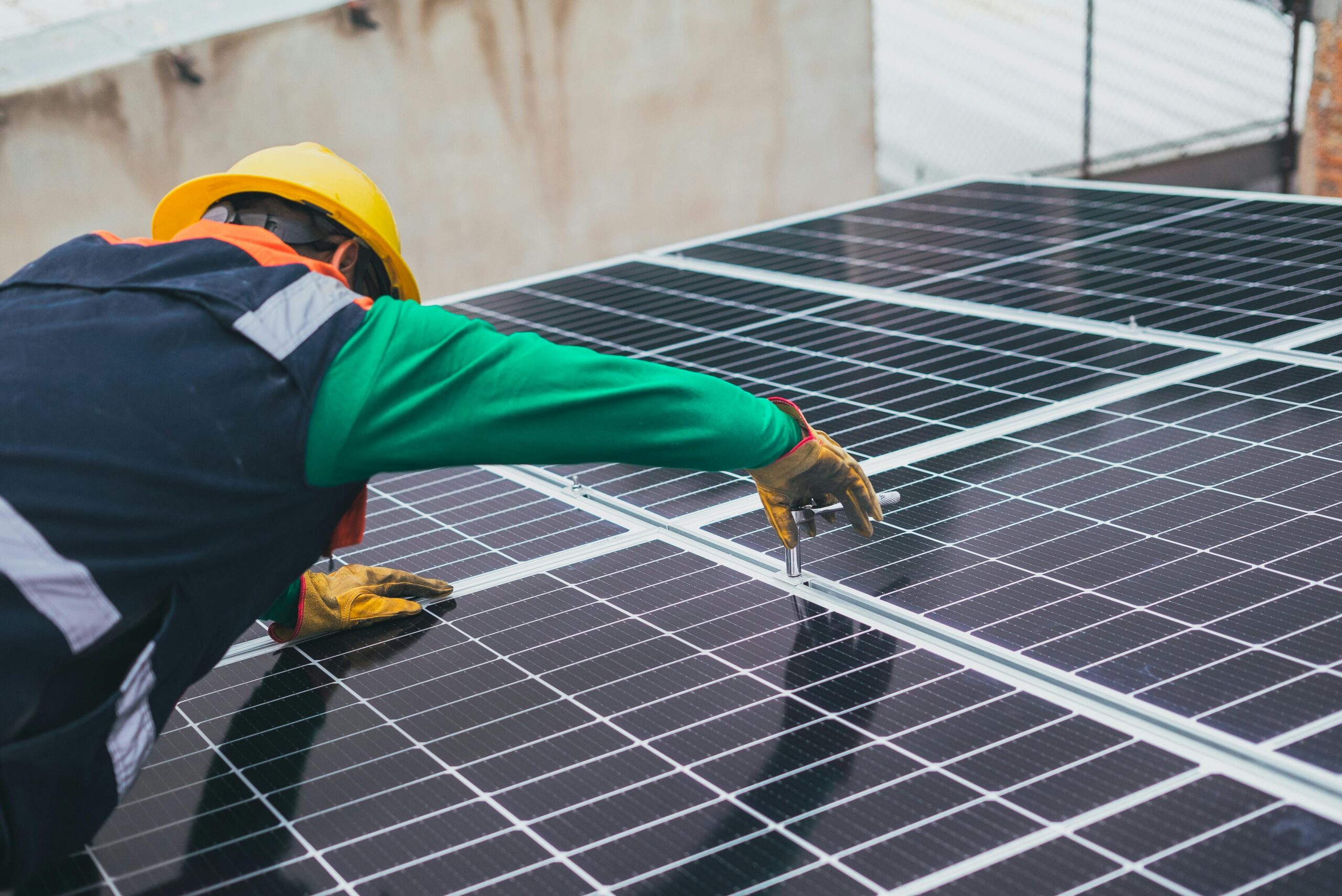The use of unbound pavement material (or pavement gravel) is considered to be the most common form of pavement construction in Australia. This is based on the fact that it can be manufactured, placed and compacted in a relatively inexpensive manner.
When considered for use in the application of pavement design, consideration must be given to the stress-dependant characteristics and how the material performs when interacting in a pavement structure that includes bound materials.
Gravels gain their strength from the mechanical interlock of individual particles in an anisotropic nature and thus, requires imposed stress to act in a nature that defines its support. Whilst a high quality quarried material (i.e. TMR Type 2.1 – or equivalent) may exhibit CBR 80 (approx. 350MPa flexural moduli), it is done so under specific conditions that may not best reflect insitu conditions.
In the Austroads mechanistic design process, this stress dependency is particularly relevant in two situations.
- When the subgrade support is inadequate to facilitate confinement of the material and thus reduces the maximum potential moduli. (i.e. whilst you may have a gravel where E=350MPa, it may not be able to meet this maximum stiffness unless significant subgrade support exists or the thickness of the lift is increased). In short, the maximum achievable modulus of a granular material is dependant on the support provided by the underlying material.
This is concurrent with traditional granular pavement design practices that decrease the material quality proportionally with depth of the pavement.
- Where there is a significant thickness of bound material (i.e. asphalt, concrete or cement treated base) overlying the gravel in which the applied stress is likely to be lesser as a result of the load dispersion exhibited in materials with a high flexural modulus. For example, an unbound gravel underneath a thick asphalt pavement will not perform in the same nature as the same gravel located beneath a thin spray seal surfacing.
Whilst it can be a difficult concept to acknowledge, it provides insight into the effective selection and application of unbound pavement material. If reduced stress-dependency is desired, the use of stabilisation binders will provide additional resilience such as GRT9000.
For more information on Global Road Technology or Stress Dependency in Unbound Pavement Material please contact us: https://globalroadtechnology.com/contact-us/
Are environmental regulations, health and safety concerns or potential profit loss a concern right now?
MORE INDUSTRY ARTICLES
April 12, 2024
Fortescue Flicks-On QLD Electrolyser Plant
April 11, 2024
Can Australia Become a Renewable Energy Superpower?
MORE INDUSTRY ARTICLES
April 12, 2024
Fortescue Flicks-On QLD Electrolyser Plant
April 11, 2024

